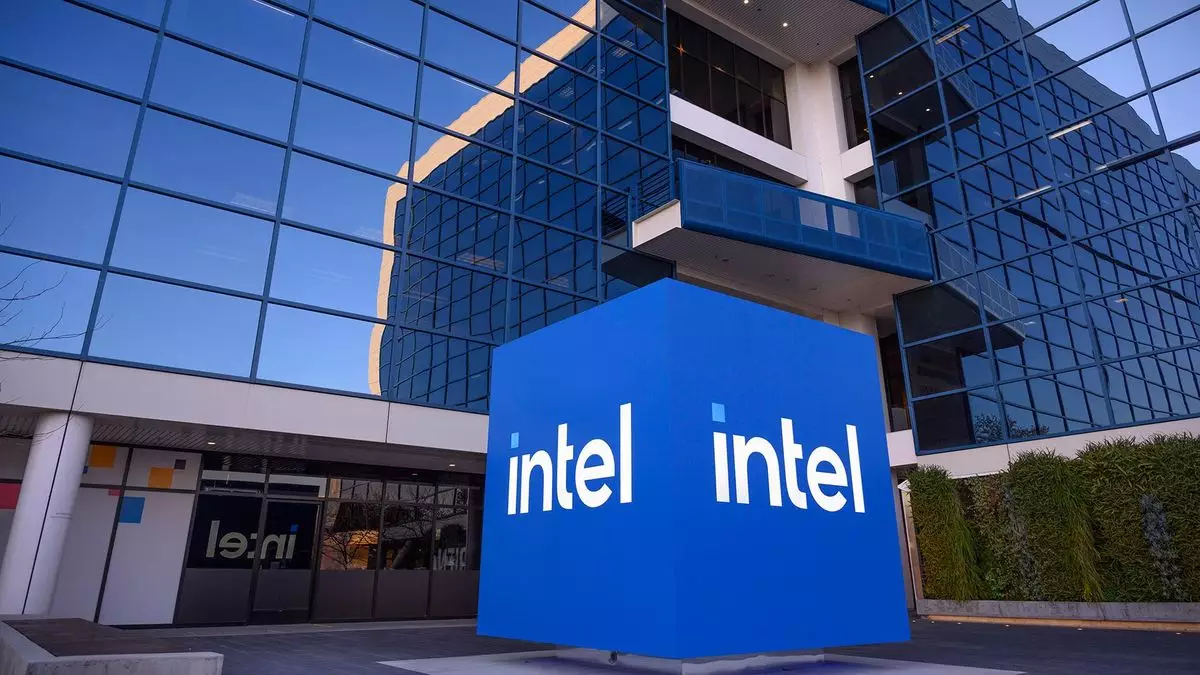Intel found itself at a pivotal moment as it unveiled Intel Foundry, its strategic response to formidable competitors such as TSMC (Taiwan Semiconductor Manufacturing Company). This endeavor signals a significant shift in Intel’s approach to semiconductor manufacturing, for decades synonymous with leading the chip market. As the organization reorients itself post the sudden retirement of well-respected CEO Pat Gelsinger, the continuing presence of uncertainty looms large over its operations, particularly concerning the future of Intel Foundry.
During the Barclays 22nd Annual Global Technology Conference, the interim co-CEOs of Intel, David Zinsner and Michelle Johnston, addressed the company’s transition under changed leadership. Their discussion, aimed at shedding light on operational adjustments, revealed a conscious separation between Intel Foundry’s functions and those of the traditional chip-making segment. While Zinsner emphasized his focus on the financial and operational frameworks, Johnston conveyed her strengths in product development—a realignment that notably persists even within the Foundry division.
This strategic bifurcation may also reflect a growing necessity for tailored operational approaches in a rapidly evolving semiconductor market. Johnston’s acknowledgment that decisions within Foundry are executed independently further implies a deliberate move towards a more agile operational model. This autonomy could position Intel Foundry more effectively to compete within a landscape dominated by specialized rivals.
The discussion regarding Intel Foundry’s operation as a subsidiary encapsulated an interesting inquiry: could Intel Foundry potentially operate as a separate entity? Zinsner noted that while the segment is already functioning independently, formalizing this separation into a subsidiary structure remains a topic for future deliberation. This raises several questions about the company’s long-term strategic intentions—are they considering a pure-play foundry model, or could a more drastic measure, such as divestment, be on the table?
The ambiguity surrounding these future directions could stem from multiple factors, including stock performance instability and an overarching need for adaptability within the business model. Market responses to Intel’s recent struggles with its 13th and 14th generation CPUs and competition from Nvidia have added layers of complexity, making clear strategic decisions even more essential.
Despite Intel’s historically dominant position, the company faces significant challenges amidst shifting market dynamics. Its CPUs have not particularly resonated well with gaming communities, and diminishing confidence in its product reliability could undermine consumer loyalty. Compounded by TSMC’s growing market prowess, the perception of Intel as a leader is at risk, further exacerbated by competing technologies that are outperforming Intel’s offerings.
The anticipated release of Intel’s 18A chip technology represents a critical juncture for the company. Positioned as a significant gamble, success here is not only crucial for rejuvenating Intel’s reputation but also essential for restoring stakeholder confidence. The ongoing dialogues within the company about Foundry’s organizational structure will inevitably impact its ability to innovate and respond to market pressures.
Intel’s pivot towards establishing Intel Foundry reflects broader trends within the semiconductor industry, emphasizing the need for innovation and agility. The pending decisions surrounding its operational independence will likely play a vital role in determining the trajectory of Intel’s market position. As the company continues to navigate this transformative period, elucidating its strategic vision and solidifying operational functionalities will be imperative to regain its stature in the technology sector.
Ultimately, while Intel is at a crossroads, it retains the potential to redefine its identity within an increasingly competitive landscape. The success of this endeavor will depend on its willingness to adapt and respond to both internal and external challenges—a defining factor that will shape its future in the semiconductor market.

